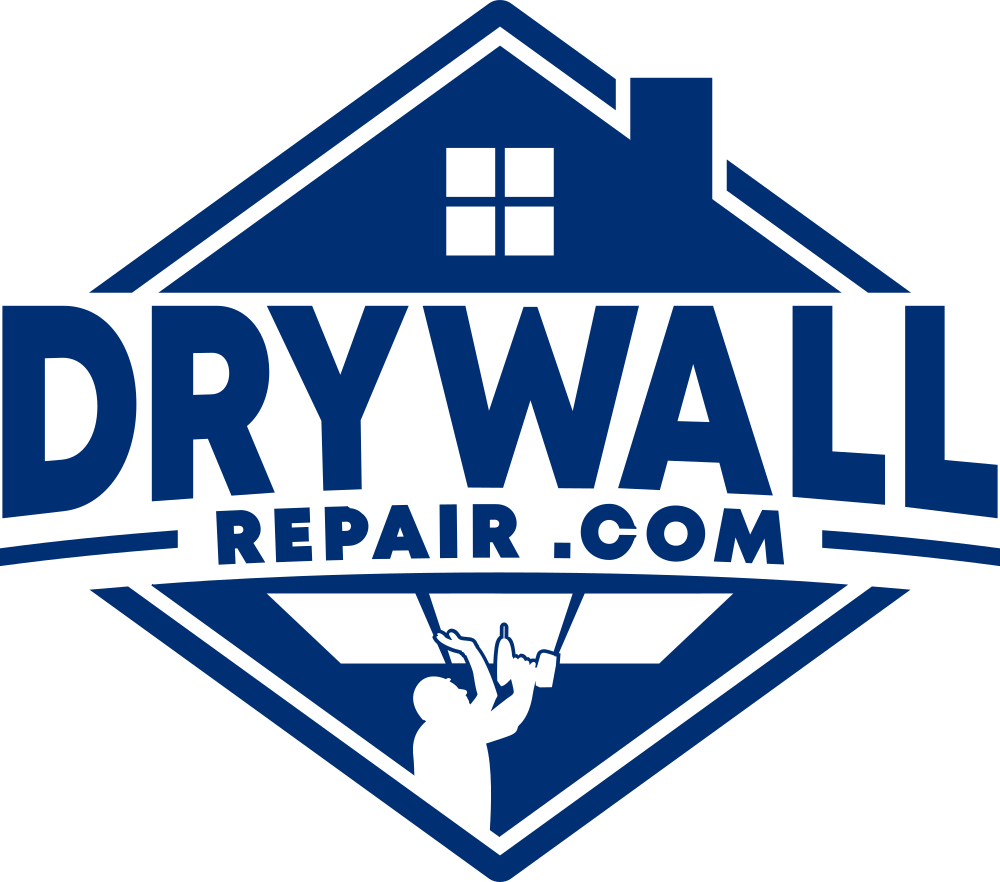How to Tell if You Should Repair or Replace Your Drywall
You just purchased a home from the 80’s and you’re renovating to make it look more up to date. You’ve decided to paint your walls, but after a closer look, you’ve noticed that they are a little beat up. Minor dings, old patches and mismatched texture is staring back at you. After watching a few videos online, you are realizing that a fresh coat is not going to hide the imperfections. In fact, it may enhance them. You still have some money left over in your budget and now is the time to decide if you should repair your drywall or just replace it. You’ve called an Orlando Drywall Repair company to come out and help you make that decision. Here are a few options to consider:
Are the damaged areas able to be repaired one by one and if so, will the walls look close to new afterwards? If yes, then go ahead and fix each one. If not, then you might want to consider fixing the dings and skimming the drywall and then re-texturing. This process is time consuming and might cost you less than full replacement if you don’t have to skim every wall.
If you’ve come to the conclusion that some of the walls are in OK shape and some are not, then you may want to make the decision to fix each individual repair on some of the walls and skim and re-texture the others. This will certainly cost less than replacing and will definitely keep some more money in your pocket. This is absolutely the best option if you want to consider a knockdown texture after everything is fixed. This type of texture is designed to cover and hide all imperfections.
Well, it looks like all your walls are beat up and individual drywall repair is not an option. You don’t want to fix each individual blemish in fear of the walls looking mismatched. You now know that the drywall either needs to be skimmed over and textured, or that the drywall just needs to be replaced. A good go to final decision maker is exploring the condition of the inside of the walls near the baseboard. Open up a few discovery holes in each room and look for past water damage or mold. If one or more are present, then we strongly recommend ripping out the old material, treating the framework for mold and mildew and then replacing all of the drywall in that specific area or in the entire house. The cost will be close to the same and you can rest assured that there will be no lingering issues after your renovation.
We certainly hope that this helped you make a critical decision when it comes to the condition of your drywall. It certainly doesn’t hurt to consult an drywall repair expert to help you in this process. The last thing you want to look at after a complete home refresh is new paint exposing old damage.
